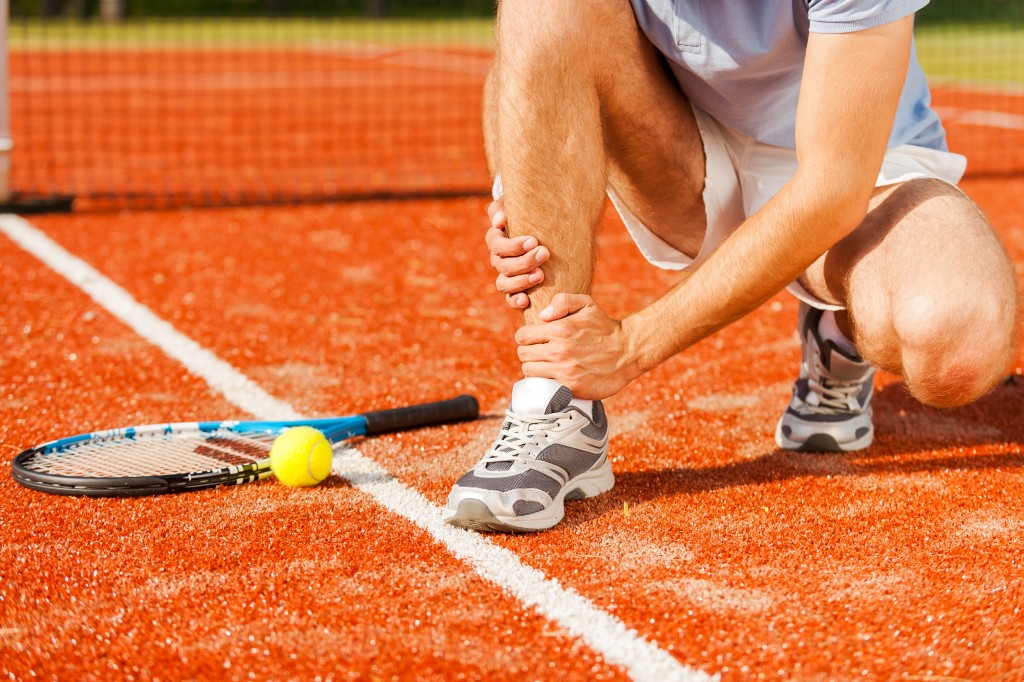Playing sports is beneficial to the body. It makes people fitter and healthier both physically and mentally. In fact, according to scientific facts, sports make a person do better academically. It improves a person’s problem-solving skills, boosts self-esteem, and reduces stress. Despite the many benefits of sports, though, it is also laden with risks. Players can get injured, and the injuries are often excruciating.
There are two types of sports-related injuries, namely acute and chronic injuries. Acute injuries are those that occur suddenly, while chronic injuries are those that occur over time.
Minor acute muscle injuries can be treated at home with simple remedies. The most common form of treatment for these types of damages is RICE, which stands for Rest, Ice, Compress, and Elevate.
Rest
When a person gets hurt, stop the activity and take the person out of the field. Allow them to rest for at least two days or until the swelling and the pain go away. The philosophy “no pain no gain” does not work in this aspect, so do not allow the person to get back to the field or to the game when there is moderate to severe sprain or other types of injuries. Doing so can only heighten the pain, worsen the injury, and delay the recovery. Doctors advise that if a person has a sprain or other acute muscle injuries, they should be made to rest for at least 48 hours, and no weight should be placed on the injured area. This helps prevent further bruising and escalating the injury.
Ice
An ice pack or a cold compress should be placed immediately on the injured area right after the injury occurs. The ice helps reduce the inflammation and alleviates the pain. A cold compress should be applied for 15 to 20 minutes for every interval of two to three hours within the first 24 to 48 hours.
For many years, ice has been used as a first-aid treatment for swelling and inflammation caused by sprains and muscle injuries. This has been used by many Sports Injury Clinics and Sports Clubs as a form of treatment for injured athletes. Many sports organizations and clinics now have their own Scotsman ice machines to make sure that they will provide first aid treatment to injured athletes.
As a home remedy, ice therapy may be used by putting crushed ice or small ice cubes in a plastic bag. Commercial ice packs, which can be bought in stores, may also be used.

Compress
Wrap the injured area with a compression bandage. This will help reduce the swelling. Wrap snugly but make sure not to wrap too tightly to avoid complications. Applying the elastic compression bandage tightly can lead to heightened pain in the injured area, swelling below the bandaged area, numbness of the skin, and tingling sensation. Wrapping too tightly can also inhibit blood flow, thereby causing more serious problems.
Elevate
Raise the injured area above heart level. For injured legs or ankles, propping them on pillows can do the trick. Elevating the injured area allows fluid to flow away from the affected section, reducing swelling, throbbing, and pain.
Apart from RICE, patients may be given pain relievers or non-steroidal inflammatory drugs (NSAIDS). These include Paracetamol, Ibuprofen, and Naproxen.
If the pain and swelling do not ebb after a few days of treating with RICE, take the injured person to the doctor for proper treatment and diagnosis. There may be other problems that are causing the pain and swelling.
Treatment for Severe Injuries
Serious injuries may not be treated with the RICE method. In such instances, the help of a licensed physician should be immediately sought. Severe injuries, such as fractured bones, dizziness, nausea, vomiting, trouble breathing, fever, joint instability, popping sounds when the injured area is moved or bleeding, and visible deformities, require medical treatment.
Injured persons should only go back to engaging in strenuous physical activities if their injuries are completely healed. They should also return gradually, starting with simple stretching exercises until their bodies are ready to engage in the vigorous activities involved. Using suitable equipment, such as the right kind of sports shoes, ankle support, and other sports gear types, also helps prevent further injuries.
Those who suffered from serious injuries should also consult with their attending physicians before engaging in any physical activity. The doctor can advise them of certain complications that may occur once they get back to their game, if there are any. The doctor may also help them regain their vigor completely.

